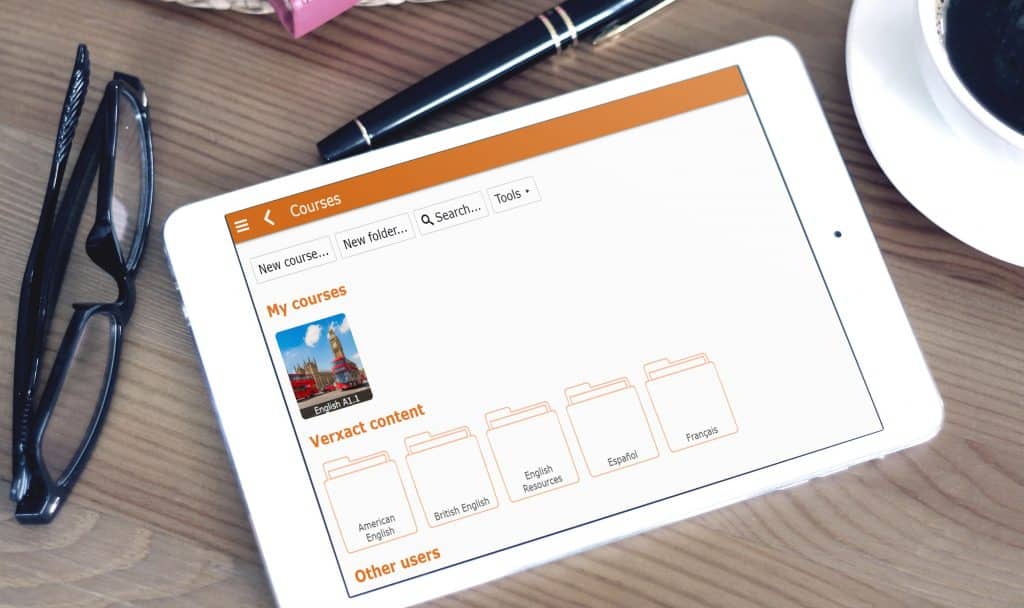Despite its relatively short history, online education has quickly become a platform for formal learning. That is why instructional design is vital for e-learning. Instructional design in e-learning is the development of an educational program or platform; it incorporates concepts about how people learn and how best to present content. Regardless of the approach an organization follows, there are some steps that remain mandatory in every instructional design process in e-learning. Understanding the purpose of each will help to successfully achieve the desired result, regardless of your focus:

8 steps for instructional design in e-learning:
Step 1: analyze the requirements of the instructional design
Analysis is perhaps the most important step in the instructional design process. When analyzing, don’t limit your efforts to understanding just business and learning needs. Four other areas should also be included: audience, content, technology, and expectations. It is relevant to analyze the profile of students based on their roles, responsibilities, professional experience, educational qualifications, skill sets, age, technical competence, ethnic origin and geographic location.
Knowing which technology will be used is vital. The e-learning industry is rapidly evolving, therefore it is critical to understand the technology that your organization and learners are most familiar with. Questions are asked to understand the customer’s preferred development tool, the prevailing learning management system (LMS), the devices available to start the course, etc. You must also know the brand, which is what gives an organization its unique identity. Hence, understand the writing and graphic standards that are followed.
Step 2: Indentify the learning objectives
Once the requirements have been analyzed, the learning objectives should be framed, which will help to distinguish between the content that is “recommended” or “essential” and determine the emphasis that each piece of information needs.
Step 3: Develop the design
Design development is a process in itself. It is advisable to divide the content into small pieces of information and organize them in a logical sequence. Once the list of topics is ready, determine an instructional approach for the course (story-based approach, problem-solving, videos, games, etc.) in line with the data defined during the analysis. You can also insert points of participation with activities that grab the learners’ attention, motivational videos, reflection questions, etc.
Step 4: Create a storyboard
A storyboard is a visual document that allows you to organize content with images and present a flow for topics. The content should be considered and presented using relevant text, images, icons, characters or notes.
Step 5: Develop the training
Once the storyboard and prototype are agreed on, the development of the final product that will eventually be uploaded to the platform begins. This will include the images, interactivities, knowledge verification and approved assessments along with the recording and integration of the voiceover. As a resource, there are e-learning templates to speed up the development process.
Step 6: Begin training
LMS, the acronym for “learning management system” is a platform that hosts e-learning courses. Make sure your course is compliant, taking into account the different features of the client’s LMS, tracking student progress and assessment performance, generating a course completion report, and including pre and post resources to learning.
At CAE (Computer Aided E-Learning), we have the LCMS (learning content management system) platform Voluxion, which stands out as the most advanced form of teaching and learning on the market. It has been designed to take advantage of the most modern technology and enhance functionalities and communication systems, both of which are essential in the development of training management processes. On the other hand, we also have the Verxact learning suite, which offers language centers and academies all the necessary tools to expand their face-to-face classes with online content and classes.
Step 7: Evaluate the impact
The final step is to evaluate the impact of the training. In general, the evaluation can be done at two levels: at the student level to analyze if they found the experience attractive and useful and at the organizational level to evaluate if it has had a positive impact on the company and has helped to achieve the objectives.

